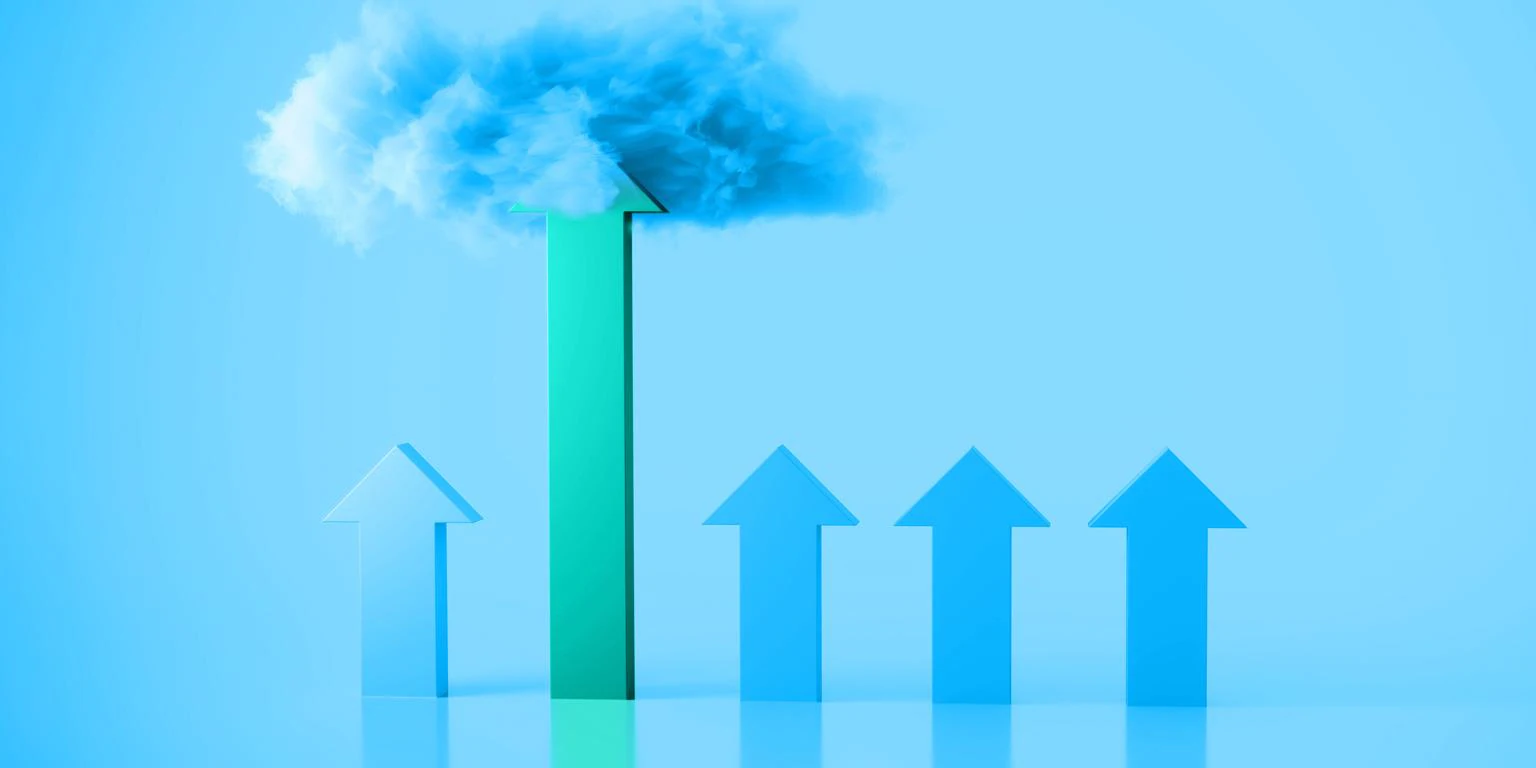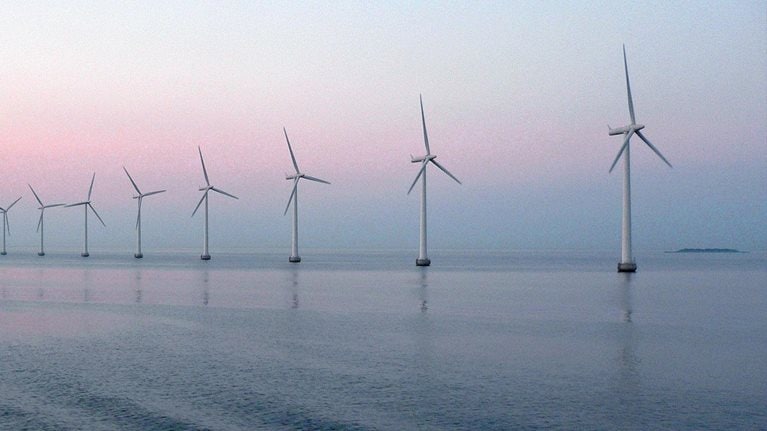New challenges—and opportunities—have emerged for green business builders. A set of actions could help companies scale during these uncertain times. The transition to net zero is well underway, but it is not happening fast enough. Growth in key climate technologies, including wind and solar power and electric vehicles (EVs), has helped accelerate decarbonization efforts worldwide. Solutions such as green hydrogen and long-duration energy storage (LDES) are becoming available and, if scaled, could reduce global emissions even further. But the pace of scaling these technologies has not kept up with projections for a warming planet. Governments and companies have done an admirable job developing and deploying climate technologies to date, but a significant acceleration is required to meet net-zero targets—and stave off the most dire effects of climate change. Sidebar About the authors Last year, we released a framework for launching and scaling green businesses, based on our work with both incumbents and start-ups.1 A few of the key actions include leading with game-changing ambition, signing up captive demand before scaling, and building capacity with parallel scaling. In the interim, as the economic and geopolitical backdrop has changed, market dynamics for green business builders have shifted in both nuanced and fundamental ways. On the one hand, capital markets and public-sector institutions have started to galvanize behind green investments. Policy, including the Green Deal Industrial Plan in Europe and the Inflation Reduction Act (IRA) in the United States, promises to support companies looking to scale climate technologies. At the same time, inflation, economic uncertainty, and the invasion of Ukraine have all complicated the path to net zero. Three areas have emerged that should now be priorities for those navigating the challenges and seeking opportunities: building up supply chains (often through cross-sector partnerships), proactively addressing an emerging skills gap, and exploring different avenues for financing and investments. Many of the unique challenges to scaling green businesses remain—high capital expenditures on physical assets (compared with building digital businesses), higher short-term costs, and customer education and adoption barriers for many sustainable products. However, the urgency to reach net-zero targets has only grown in many markets, and the industrial economy is now being reinvented around a lower-carbon energy system, circular-economy practices, and other emerging models. Companies that can innovate and scale during these fast-moving, uncertain times could set themselves up for exponential growth. Our analysis shows that growing demand for net-zero offerings could generate $9 trillion to $12 trillion of annual sales by 2030 across 11 value pools, including transport, power, and consumer goods. In this article, we lay out the evolving landscape for scaling climate technologies and explore three areas of potential action for green business builders. A significant scaling gap More than 4,000 companies have set or are in the process of committing to emissions reductions2 and 70-plus countries have set net-zero targets.3 How quickly would key climate technologies need to scale to help meet such goals? To arrive at projections, we conducted an analysis of the current growth trajectory for climate tech relative to current net-zero commitments. Based on our analysis, even mature technologies—including wind and solar power—would need to scale by a factor of six to 14 times faster to remain on track for a 1.5° pathway by 2030 (exhibit).4 Exhibit Historically, growth in solar and wind has often outpaced projections, and new players entering the market (oil and gas companies, private equity players, and institutional investors, for example) show signs that the current pace of deployment could speed up.5Nevertheless, the potential gap for renewables to meet net-zero targets looks steep. Climate technologies that are high-potential but relatively less advanced in their commercialization (compared with renewables) would need to scale at an even greater rate. Consider hydrogen. Our analysis indicates that supply of green hydrogen, which is produced with renewables, would need to grow by a factor of 200 times. Seven actions for scaling green businesses Scaling climate technologies often requires companies to think and act in bold and innovative ways. While our seven actions for scaling green businesses hold true, they continue to evolve (for a summary of the original framework, see sidebar, “Seven actions for scaling green businesses”). Economic uncertainty, inflation, new public funding, technological risks, and supply chain considerations have altered the landscape for green business building. Actions that have become particularly important for organizations during these volatile times include creatively developing supply chains (including through partnerships), proactively addressing emerging skills gaps in the workforce, and exploring new avenues for financing and investment. Build up the supply chain through cross-sector partnerships Green business building efforts are often supply chain building efforts. For hydrogen-powered vehicles to scale and help decarbonize long-haul freight transport, for example, a supply of hydrogen and hydrogen infrastructure also needs to scale. We are increasingly seeing green business builders develop their supply chains by forging partnerships across sectors and, in some cases, creating a growth strategy with complementary players as collaborators. These partnerships are getting a boost from major climate legislation packages in the United States and the European Union. For example, the IRA in the United States allocates $369 billion for climate and energy spending,6 with a focus on ventures that address critical gaps in the North American supply chain. These collaborations happen upstream, downstream, or horizontally in the value chain. Upstream partnerships are operational partnerships that propel vertical integration. They occur when a company partners far upstream to secure critical supply of a product or service. In one example, the Volkswagen Group announced a joint venture with Umicore,7 a circular-materials technology company, to boost the supply of low-carbon battery materials. The collaborators aim to scale capacity to meet demand for 2.2 million EVs per year. Such a partnership could not only help fortify the supply chain for battery recycling, it could also help solidify demand for players across the EV and energy storage value chains (charging infrastructure, grid storage markets) and help reduce commercial risk for investors. In another example of a large-scale upstream partnership, Dow Chemical and Mura Technology, an advanced-recycling company, announced they will pair up to construct multiple recycling facilities for plastics




